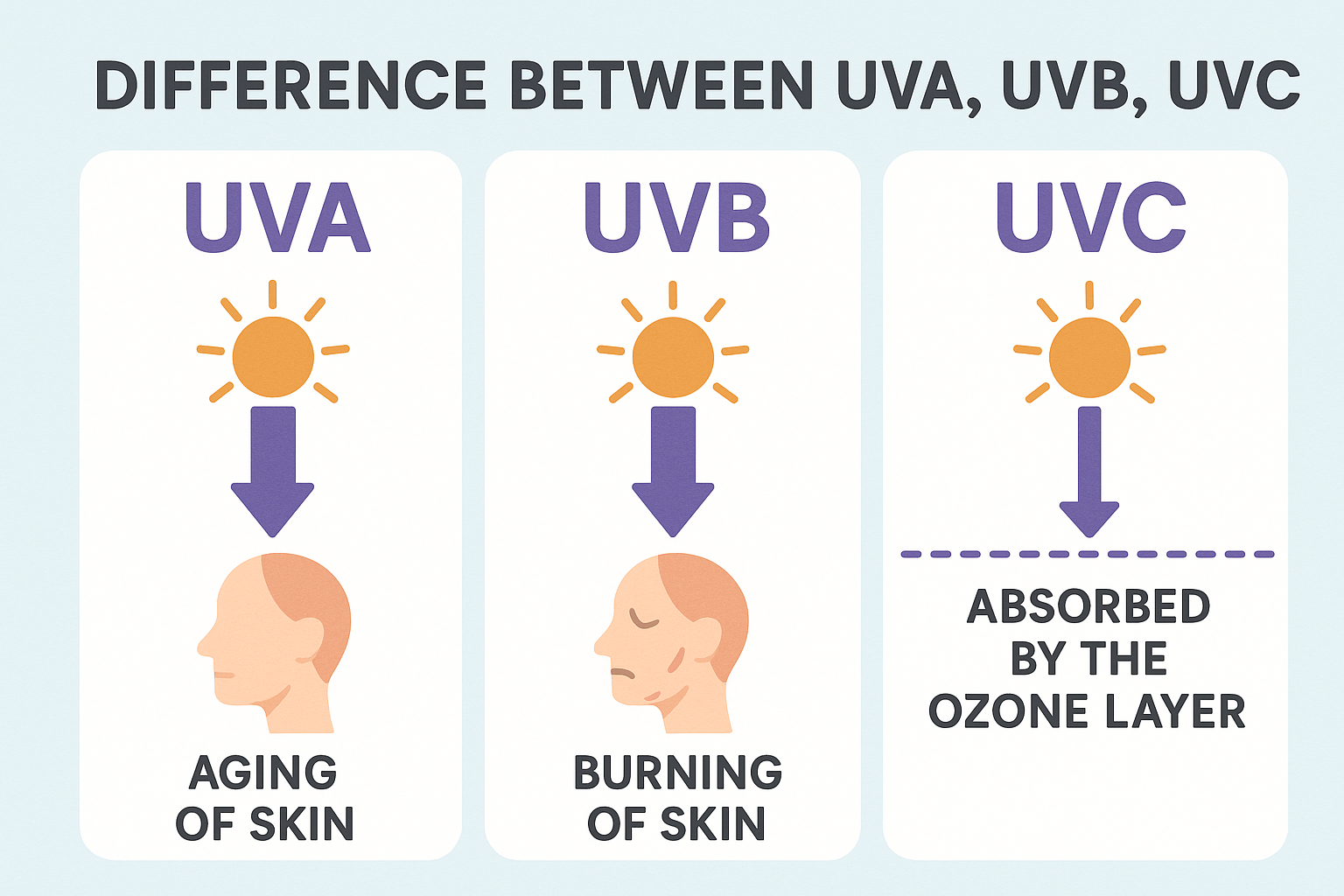
Melanotan & Melanotan 2: Origins & Evolution
The Origins and Evolution of Melanotan to Melanotan 2
Melanotan and its successor, Melanotan 2, have become widely recognised for their ability to stimulate skin pigmentation. While initially developed for medical purposes, these compounds have gained popularity for cosmetic uses. Understanding the journey from Melanotan’s inception to the development of Melanotan 2 sheds light on their scientific underpinnings and broader implications.
—
*The Birth of Melanotan
In the 1980s, researchers at the University of Arizona were studying ways to reduce skin cancer risk, particularly melanoma, which is linked to UV exposure. They hypothesized that increasing melanin production—the natural pigment responsible for skin color—could offer protection by darkening the skin without requiring excessive sun exposure.
Dr. Victor Hruby and his team focused on creating a synthetic peptide that could mimic the natural melanocyte-stimulating hormone (MSH), which is part of the body’s process for producing melanin. The result was **Melanotan (afamelanotide)**, a synthetic analogue of alpha-MSH.
—
Melanotan’s Properties and Limitations
Melanotan was found to:
1. Stimulate melanin production effectively.
2. Provide a level of UV protection by increasing pigmentation.
However, the compound had limitations. Its pharmacological properties, such as stability, dosage convenience, and side effects, left room for improvement. Moreover, Melanotan’s therapeutic application was constrained by its short half-life, which required frequent administration.
—
The Development of Melanotan 2
Recognizing these limitations, researchers developed a refined version of the peptide called **Melanotan 2**. This iteration was not only more stable but also more potent, as a result requiring smaller doses to achieve similar or enhanced results.
Key differences with Melanotan 2 included:
– **Improved Stability**: Melanotan 2 was engineered to last longer in the body, thus reducing the frequency of administration.
– **Increased Potency**: A stronger affinity for melanocortin receptors resulted in more significant pigmentation effects.
– **Additional Effects**: Melanotan 2 also showed the ability to influence other melanocortin pathways. Leading to side effects such as appetite suppression and increased libido.
—
Expansion of Melanotan 2 Beyond Medical Use
Although initially developed for medical purposes, such as reducing UV exposure risks, Melanotan 2 caught the attention of cosmetic users for its skin-tanning effects. Its ability to provide a tan without prolonged sun exposure made it popular, particularly in regions where sunburns and skin cancer are prevalent concerns.
By the late 2000s, unregulated markets began offering Melanotan and Melanotan 2 as tanning injections.
—
Melanotan 2 side effects
Despite their popularity, Melanotan and Melanotan 2 remain controversial. Some people when first using Melanotan as Tanning injections find potential side effects include:
– Nausea and vomiting.
– Flushing and changes in blood pressure.
– Darkening of existing moles, which can complicate melanoma diagnosis.
However, alternatives to tanning injections are available which include Nasal spray (commonly known as tanners) and Tanning patches. These alternatives have very little to no side effects associated with them
Afamelanotide (Melanotan) was approved under the trade name **Scenesse** in certain regions for the treatment of erythropoietic protoporphyria (EPP), a rare condition causing severe sun sensitivity.
—
Future Prospects of Melanotan
The story of Melanotan and Melanotan 2 highlights the challenges of translating scientific discovery into safe and beneficial applications. While research continues into their therapeutic potential, such as in appetite regulation and sexual dysfunction, ethical considerations remain regarding their off-label and unregulated cosmetic use.
Understanding the science and history behind these compounds underscores the importance of balancing innovation with safety, ensuring that such advancements serve their intended purpose without undue harm.
—
**Conclusion**
Melanotan and Melanotan 2 represent a fascinating intersection of biochemistry, medical research, and societal demand. Their journey from the lab to mainstream use underscores the complexities of scientific progress and the ethical dilemmas it can pose. For those considering their use, informed decisions guided by credible medical advice remain paramount.








This Post Has 0 Comments